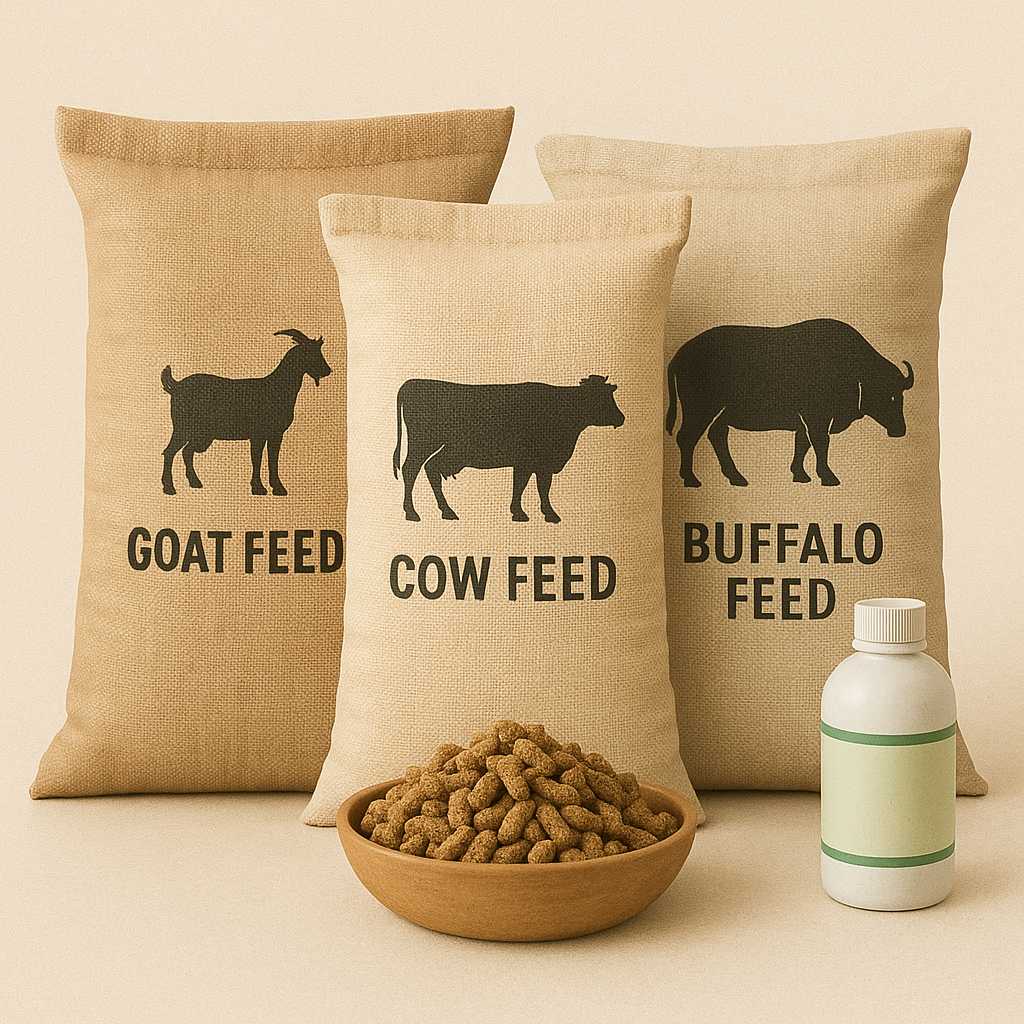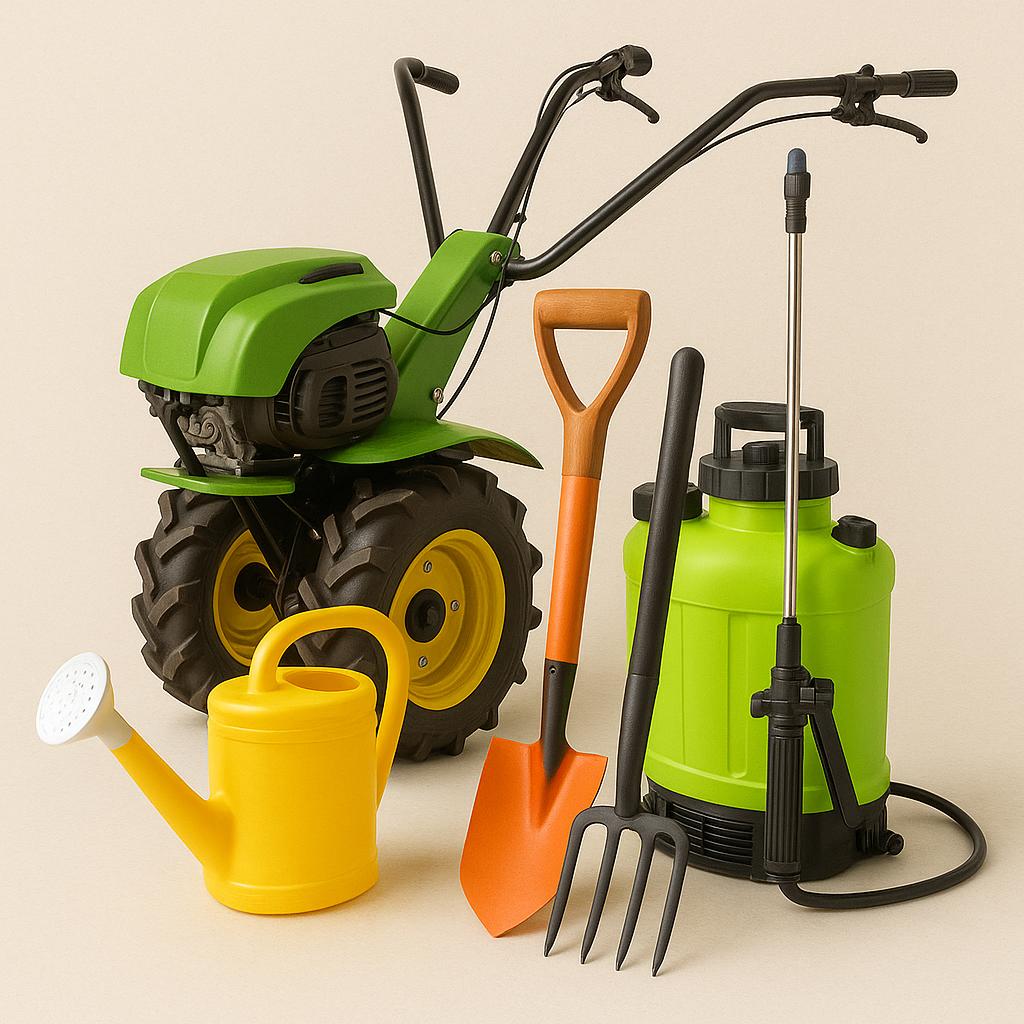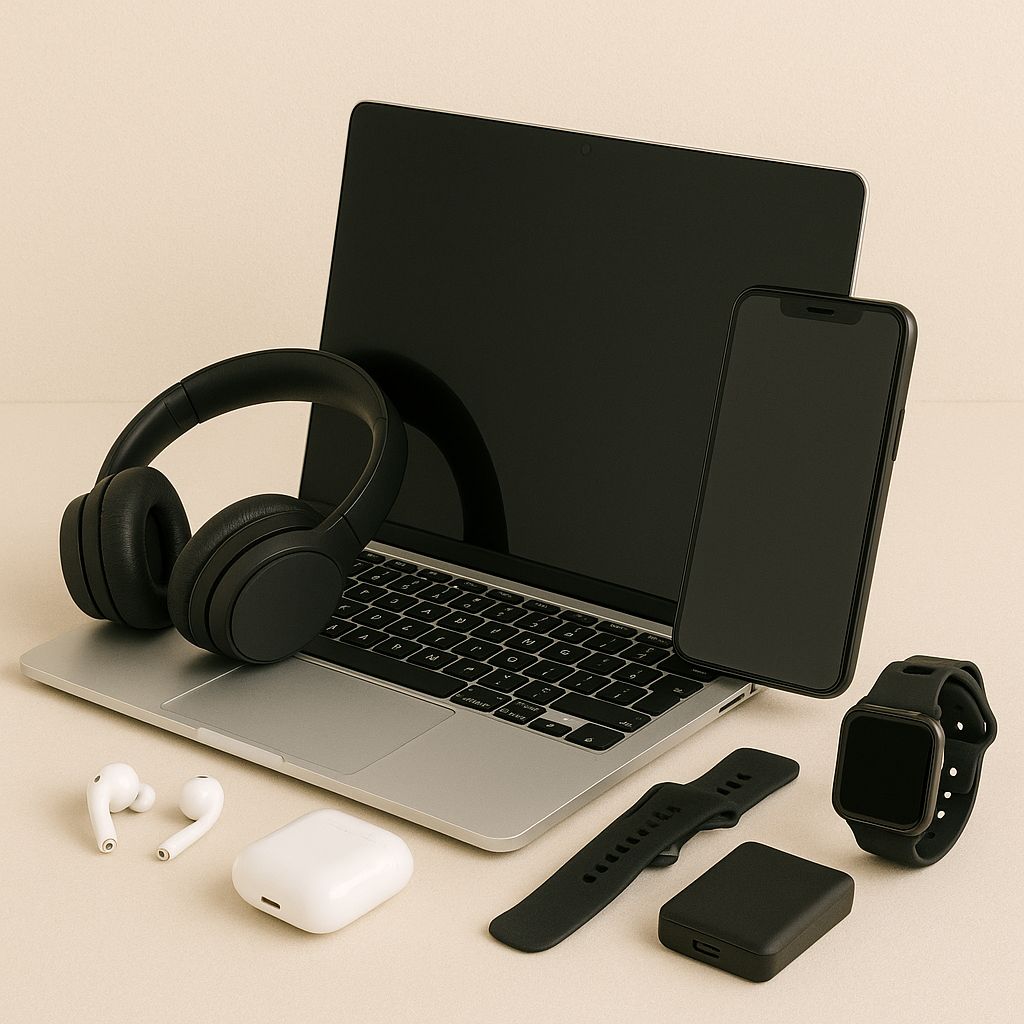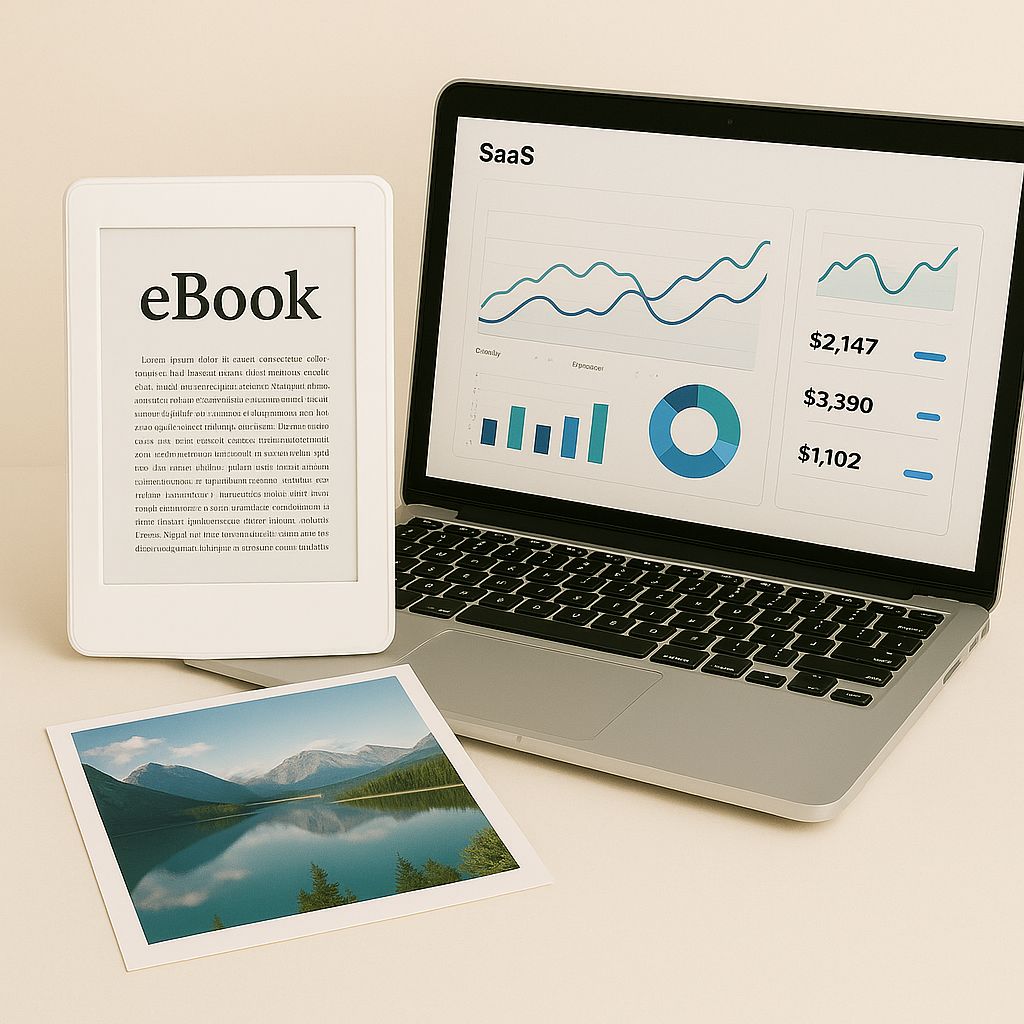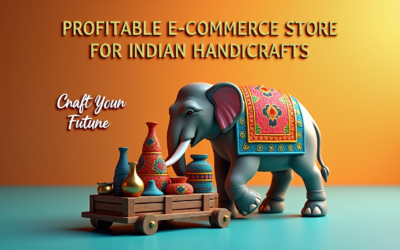Integrating Smart IoT Devices in E-Commerce: Revolutionizing Shopping and Delivery Experiences in India
Introduction:
E-commerce in India is growing quickly, and technology plays a big role in that. One of the most exciting innovations is the Internet of Things (IoT), which is changing how we shop and how products are delivered. IoT connects everyday objects to the internet, allowing them to collect and share data. For businesses, smart IoT devices can improve both shopping and delivery experiences.
In this blog, we’ll look at how IoT devices are transforming e-commerce in India. From creating personalized shopping experiences to improving delivery times, IoT is making e-commerce smarter. Let’s explore how integrating these devices can help Indian entrepreneurs stay ahead in the competitive market.
What Is IoT?
The Internet of Things (IoT) connects everyday objects to the internet. These smart devices collect and share data, helping businesses make smarter decisions. In e-commerce, IoT is used to improve customer experience, manage inventory, and optimize delivery.
For example, smart sensors can track inventory levels in real time. Wearable devices can track customer preferences and provide product recommendations. In India, where e-commerce is booming, IoT devices can help businesses offer faster services and better customer experiences.

How IoT Enhances Shopping Experiences
IoT is not just for backend processes; it also makes shopping more enjoyable for customers. Here’s how it helps:
1. Personalized Shopping with IoT
Customers in India want shopping experiences that feel personal. By using IoT devices, businesses can provide personalized service. Smart devices like fitness trackers or smartwatches can collect data on customer behavior. This allows businesses to offer product recommendations based on what customers have purchased or viewed before.
For example, a customer who buys fitness products could get special offers on workout gear or supplements, based on data from their wearable device.
2. In-Store Shopping with Smart Devices
If you have a physical store, IoT can enhance the in-store shopping experience too. Smart sensors track how long customers spend in different sections of the store and what products they’re interested in. This data can be shared with your online store to offer personalized online recommendations.
Example: A customer who spends time looking at headphones in-store could receive an email with discounts on related products, like Bluetooth speakers or earphones.
How IoT Improves Delivery and Logistics
IoT also plays a major role in improving delivery systems and logistics. Here’s how:
1. Real-Time Delivery Tracking
Customers want to know exactly when their orders will arrive. With IoT-enabled tracking systems, businesses can provide real-time updates on order status. GPS sensors in delivery vehicles help track shipments and provide accurate delivery times.
Example: A customer in India can track their order live, receiving updates every step of the way. This transparency builds trust and makes customers feel more confident about their purchases.
2. Smart Warehouses for Inventory Management
IoT sensors help manage warehouse inventories in real-time. This ensures that products are always in stock and ready to ship. It also helps businesses predict which products will be in demand and prepare ahead of time. This minimizes delays and ensures products are always available for customers.
In India, where e-commerce logistics can be tricky due to traffic and other factors, smart warehouses can speed up operations and improve delivery times.

The Future of IoT in E-Commerce in India
IoT is just beginning to transform e-commerce in India. As technology advances, smart IoT devices will continue to change how businesses operate and how customers shop. Here’s what we can expect in the future:
1. Predictive Analytics
By using data from IoT devices, businesses can use predictive analytics to forecast customer behavior and trends. For example, businesses can predict which products will be popular in the coming months and prepare their inventory accordingly.
2. Autonomous Deliveries
In the future, drones and autonomous vehicles may be used to deliver products. IoT devices will help monitor and guide these delivery systems. This technology can help speed up deliveries, especially in crowded urban areas.
3. Better Customer Support
AI-powered IoT systems can enhance customer support by integrating smart devices with virtual assistants and chatbots. Customers could use voice commands to check the status of their orders or get personalized product recommendations.
How to Integrate IoT in Your E-Commerce Business
As an Indian entrepreneur, here are some practical ways to integrate IoT devices into your e-commerce business:
- Track Inventory in Real-Time: Use smart sensors in your warehouse to monitor stock levels and ensure faster order fulfillment.
- Personalize Shopping Experiences: Integrate IoT devices with your website or app to recommend products based on customer behavior.
- Improve Delivery Tracking: Use IoT-enabled tracking systems to give customers real-time updates on their orders. This increases customer satisfaction and trust.
- Use AI and IoT Together: Combine AI-powered customer insights with IoT data to create more accurate forecasts and improve your decision-making.

Conclusion:
The integration of smart IoT devices in e-commerce is revolutionizing the shopping and delivery experience in India. By using IoT, businesses can offer personalized experiences, streamline logistics, and improve delivery times. For Indian entrepreneurs, adopting IoT technology can enhance customer satisfaction, reduce costs, and improve overall business efficiency.
If you want to stay competitive in the growing Indian e-commerce market, now is the time to explore the power of IoT devices. Platforms like buildmystore.io can help you integrate these technologies into your business, allowing you to create a smarter, faster, and more personalized experience for your customers.






